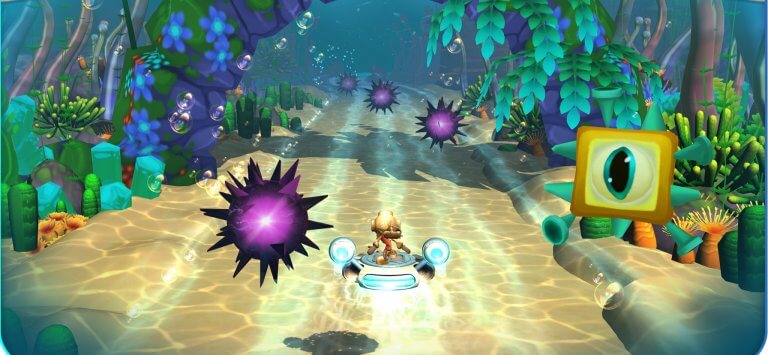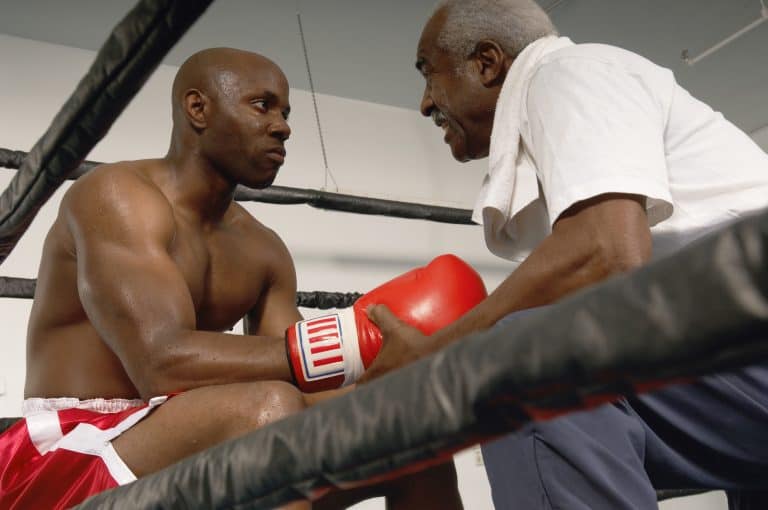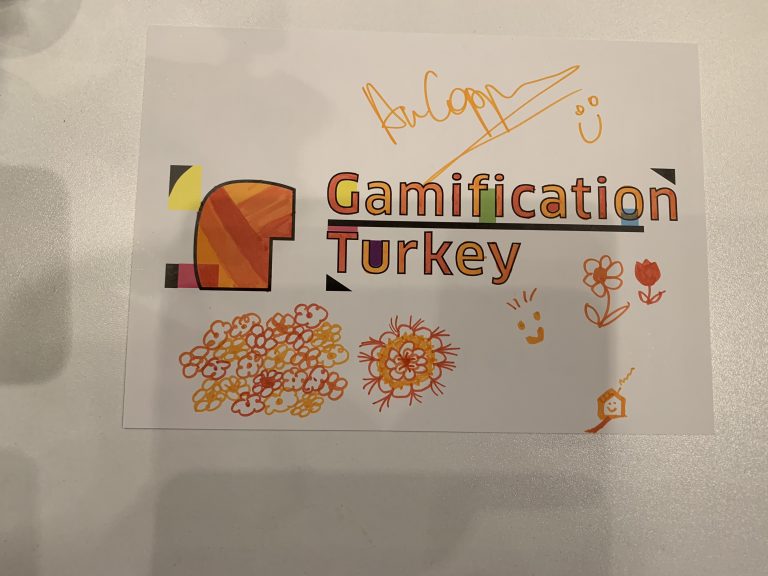A lot of large businesses and multinationals are heavily investing in gamificationfor their employees to improve employee engagement to support performance improvement and learning. In sales and marketing gamification has been around for longer than the actual term. When it comes to small businesses, a lot of potential for gamification remains untapped.
Gamified productivity
Just like in larger businesses productivity can be enhanced in small businesses by adding gamification. In fact two of our suppliers often work with smaller companies around aligning the team to a common goal and then tracking how people are contributing towards that goal. One of them does this through a traffic light and dashboard feedback system which also includes badges and the other allows the team to slay monsters for mainly IT driven tasks.
Sales gamification
For sales, the same tactics from big business can be used to set focused challenges with rewards. Even some of the smaller sales teams can have qualifications for a lunch club or a special event for the best performers at the end of each quarter. Rewards don’t have to be monetary, but they do need to be relevant to the people involved.
Quests and other marketing challenges
For marketing and social media, a 30 day challenge has worked amazingly well for quite a few businesses. Make the challenge focused on the core service you are selling or wanting to be known for and help people to engage with that. If 30 days is too short to have an impact, then make it 90 days. But keep it tangible in terms of tasks and duration and the results as measurable as possible. At the end of 30 or 90 days you collect testimonials for how you have transformed people’s results. Equally over that time period, you would expect to have built up a positive and trusting relationship, so that you can make an offer for your next level program or service.
Loyalty gamification
Loyalty programs are now accessible to most businesses, managing them can be completely done online. The key to getting this right however is understanding what your customer finds rewarding and encourages their loyalty. Having these conversations with your most frequent buyers can be insightful and give you a lot of opportunity to do better. Keep it simple to understand for both your team and customers when it is your first attempt at creating this kind of program.
Gamification can be non-digital
There are a lot of things you can do to use gamification in any size of business. Some of the suggestions above don’t need much technical input even, for example for sales we have had excellent results with simply whiteboards and rattlers, for loyalty the simplest form are stamp cards for every time you buy, 30 day challenges can just be run off your regular social media or email systems without additional investment in systems.
Technical choices
If you prefer going down the route with some technological solution, then the first thing to become clear on is the objective. What are you aiming to achieve and for which target audience. Then secondly what motivates that target audience, so you can set up feedback and rewards to encourage the things you want them to do more of. You also need to know via what form of media, if at all digital, they connect with you most. Only when you have this clarified, should you aim to look at the technical options open to you.
https://gamificationnation.com/gamification-design-toolkit/






